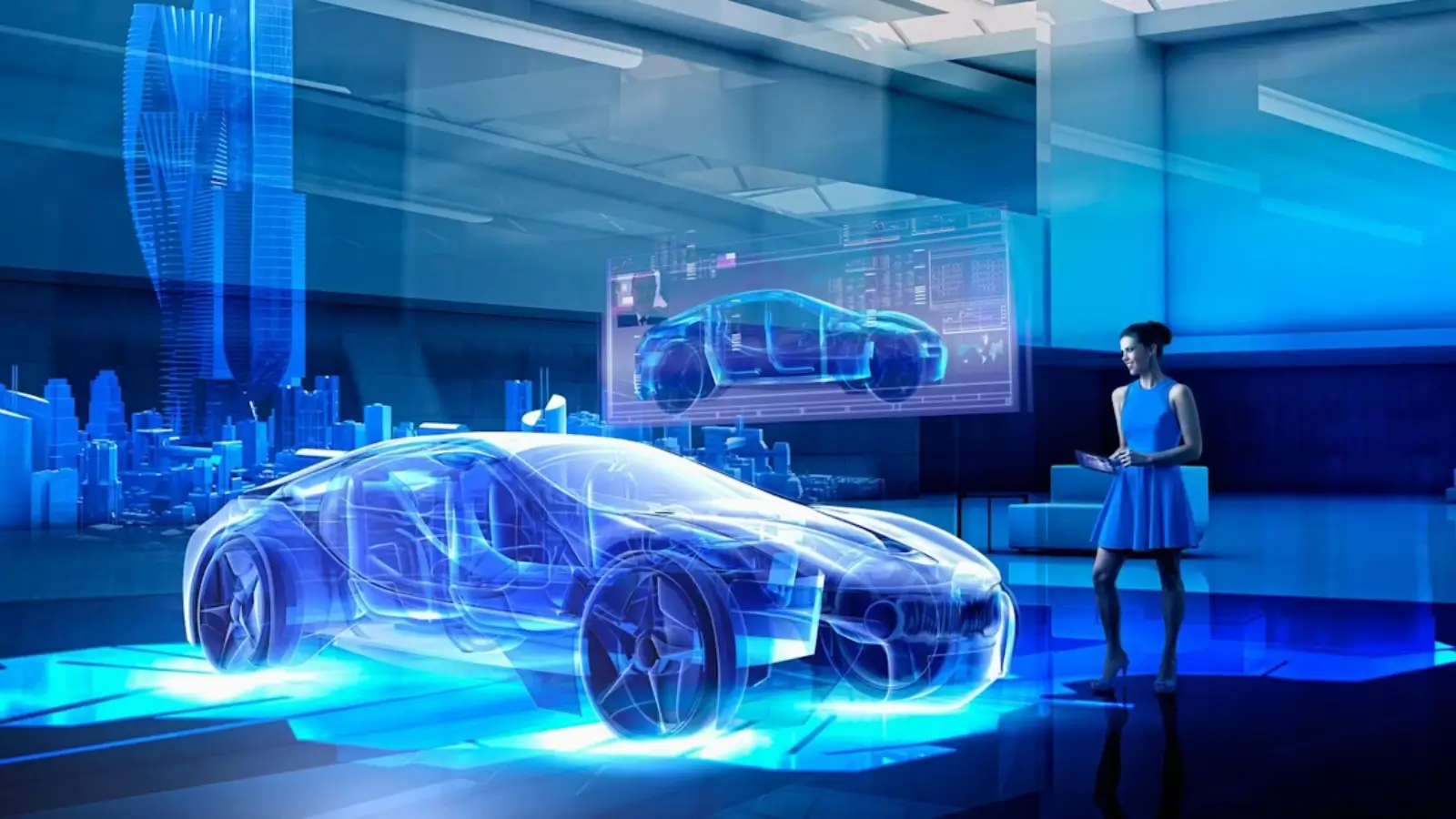


The modern car is a computer on wheels, with hundreds of millions of lines of code governing everything from its engine to its infotainment system. This digital revolution has brought incredible advancements but also a critical vulnerability: cyber threats. To combat this, the automotive industry has developed ISO 21434, a landmark standard that embeds cybersecurity into the very fabric of a vehicle's lifecycle, starting right on the manufacturing floor.
This standard provides a comprehensive framework for creating a Cybersecurity Management System (CSMS), ensuring that security is not an afterthought but a core component of the entire manufacturing process, from initial design to final assembly and beyond. (see also: UNR 155)
ISO/SAE 21434 champions the principle of "cybersecurity-by-design." This means that security considerations are integrated from the earliest stages of a vehicle's development. For manufacturing, this translates into several key practices:
Threat Analysis and Risk Assessment (TARA): Before a single part is assembled, manufacturers must conduct a thorough TARA. This process identifies potential cyber threats to the vehicle's electronic systems and assesses the potential risks. For example, a TARA might analyze the risk of a hacker exploiting a vulnerability in the infotainment system to gain control of critical vehicle functions.
Secure Supplier Integration: Cars are built from a global network of suppliers, each providing different electronic components. The standard mandates that car manufacturers ensure their suppliers are also compliant. This creates a secure supply chain where every link in the chain is fortified against cyber threats.
The manufacturing process itself is a critical area for implementing cybersecurity controls. ISO/SAE 21434 addresses this by requiring manufacturers to:
Secure Software and Firmware Installation: During assembly, various software and firmware are loaded onto the vehicle's Electronic Control Units (ECUs). The standard requires secure procedures for this process, ensuring that only authenticated and untampered software is installed. This prevents the introduction of malware during production.
Cryptographic Key Management: Modern vehicles use cryptographic keys for secure communication between ECUs and for authenticating software updates. The manufacturing process must include a secure system for generating, storing, and provisioning these keys into the vehicle. A breach in key management could have catastrophic consequences.
End-of-Line Testing: Before a vehicle rolls off the assembly line, it undergoes rigorous testing. ISO/SAE 21434 requires that this includes cybersecurity testing. This could involve vulnerability scanning of the vehicle's systems and penetration testing to simulate real-world cyberattacks.
The responsibility for cybersecurity doesn't end when a car is sold. ISO/SAE 21434 requires manufacturers to have processes in place for the entire operational life of the vehicle. This includes:
Continuous Monitoring: Manufacturers must monitor the cyber threat landscape for new vulnerabilities that could affect their vehicles.
Over-the-Air (OTA) Updates: When vulnerabilities are discovered, manufacturers must be able to deploy secure OTA updates to patch them. This ensures that vehicles can be protected from emerging threats throughout their lifespan.
By integrating cybersecurity into every facet of the manufacturing process, ISO/SAE 21434 is not just a set of guidelines; it's a fundamental shift in how we build cars. It's about creating a culture of security that protects drivers, passengers, and our increasingly connected world.